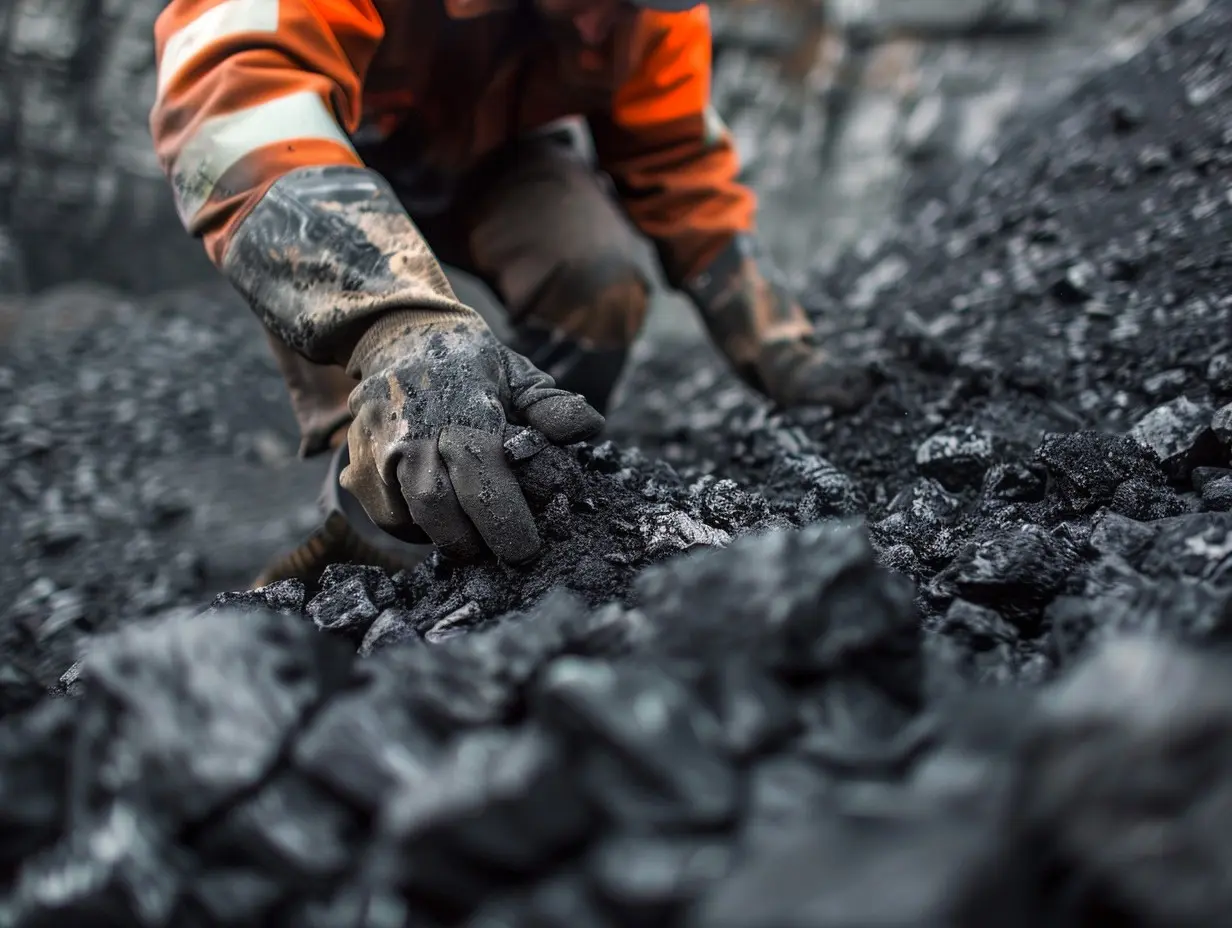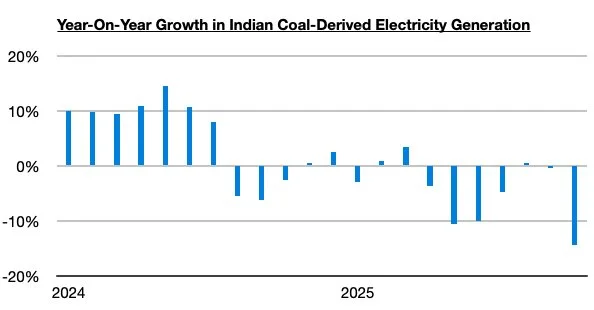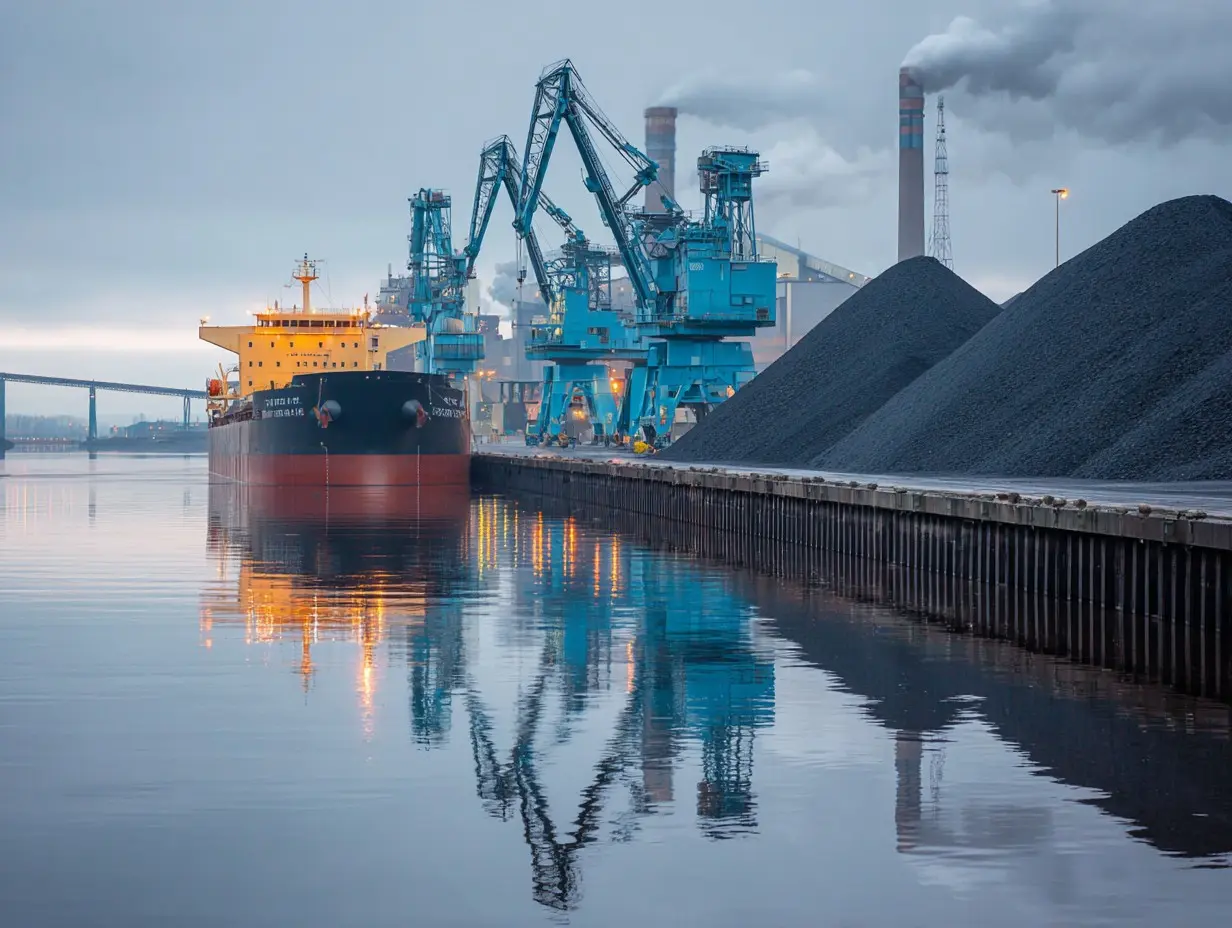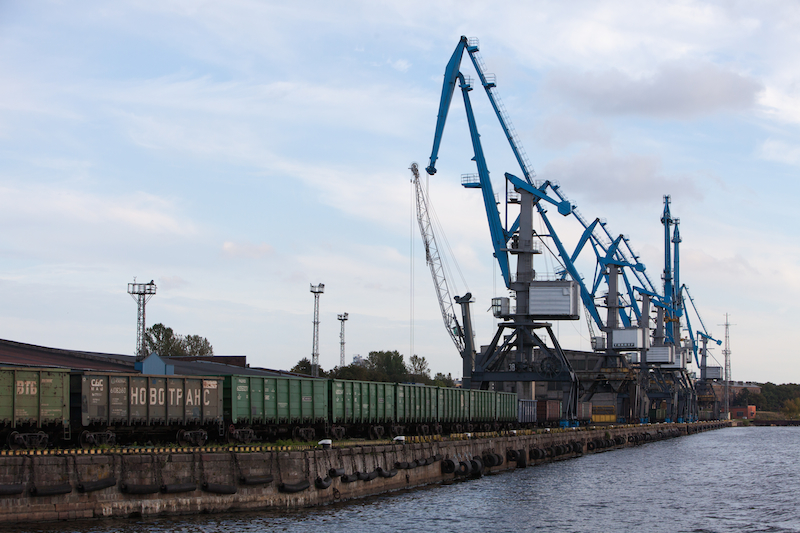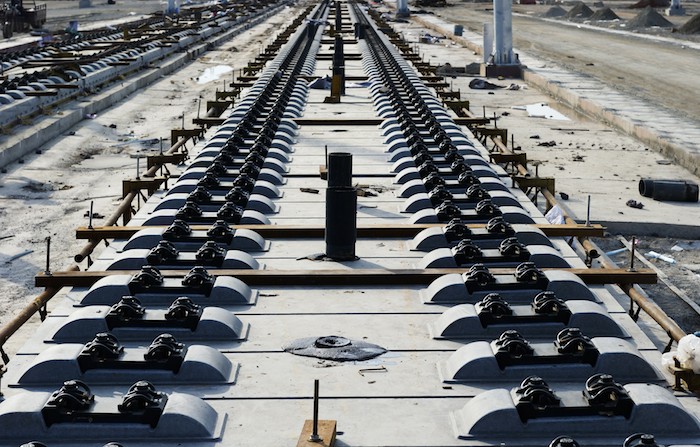
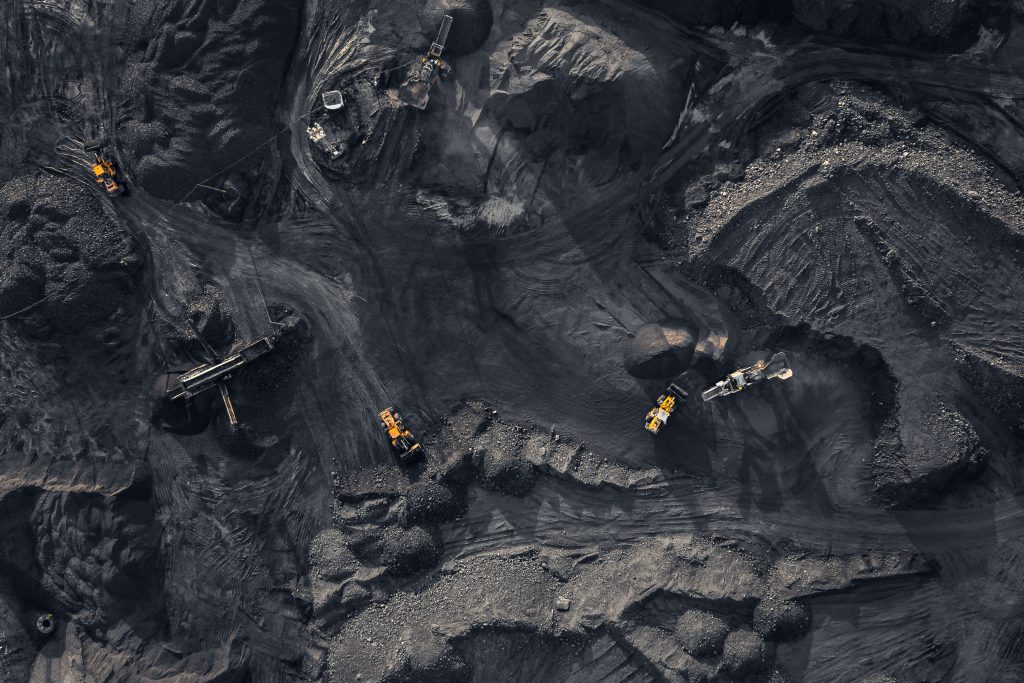
The European coal market remains volatile due to uncertainty in the gas market and a persistent supply-demand imbalance exacerbated by coal shortages in India and China. Paper contracts at the TTF hub exceeded $1200/t/m3. Cooler-than-normal temperatures in the EU are hampering the build-up of gas reserves in Europe.
On October 13, 2021, Russian President Vladimir Putin commented on the energy crisis in Europe, stating that current gas prices are the result of “systemic flaws in the European energy sector” and that Russia is ready to meet the EU demands and discuss increasing gas supplies to Europe.
South African coal indices hit new record highs over 245 USD/t, last week as consumers from Europe and Asia-Pacific countries trade hard to replenish stocks in the run-up to the winter season. Additional factor of price growth is problems with the railway line, connecting the coal-mining provinces of South Africa with the port of Richards Bay.
On October 13, 2021, SUEK declared force majeure on coal loading at the Vanino port export terminal after a fire destroyed the conveyor belt. (See the article below)
China’s largest coal-producing province, Shanxi, has been forced to introduce electricity rationing, due to coal shortages and recent floods
Australian coal prices are on an uptrend above 250 USD/t amid strong trading activity
by Asian traders trying to sell Australian material to Chinese generators. In 2020, the Chinese government has imposed a ban on coal imports from Australia.
Indonesian coal quotes rose over 208 USD/t amid shortages in India and China. Indonesian coal producers have not been able to ramp up production of coal amid rising
demand as Asian economies recover from the COVID-19 crisis. Production recovery has been hampered by heavy rains in South and East Kalimantan in September, as well as logistics, infrastructure and financing issues.
Strong demand from steel mills in the Asia-Pacific region and shortages of imported coking coal pushed Australian coking coal prices over 400.
Source: CAA Analytics

